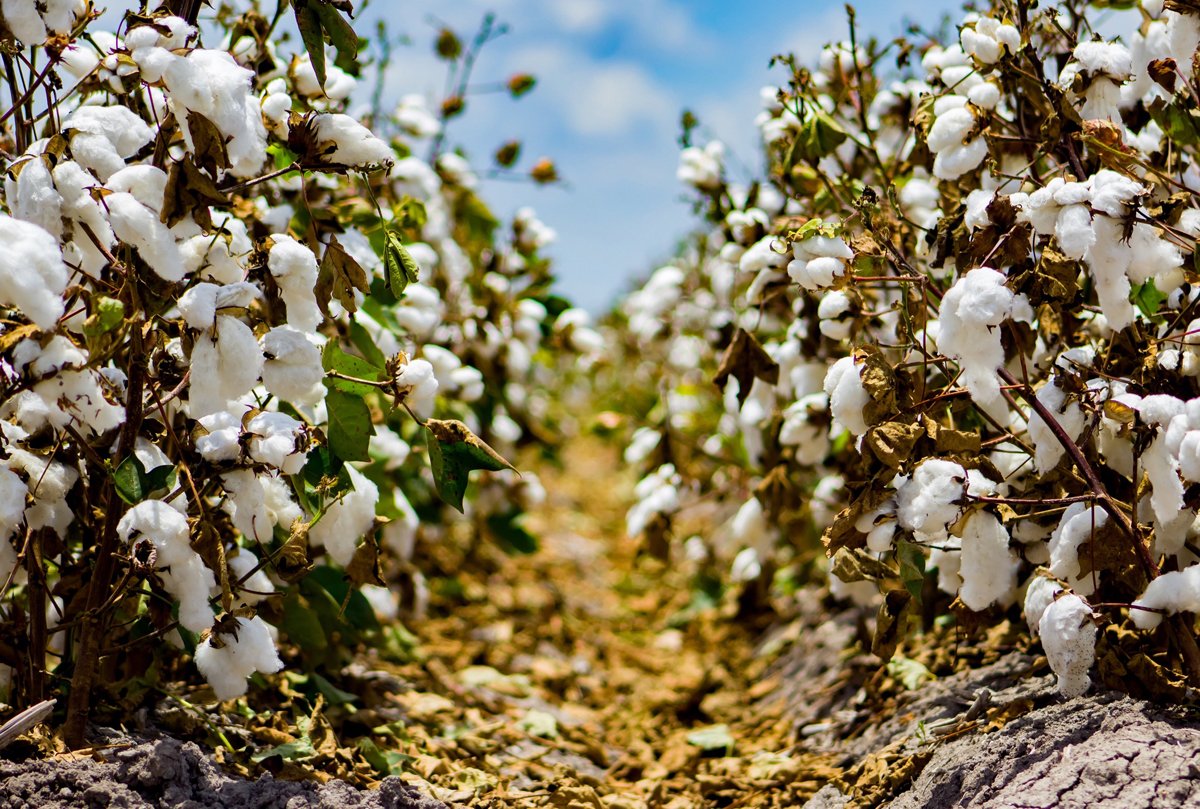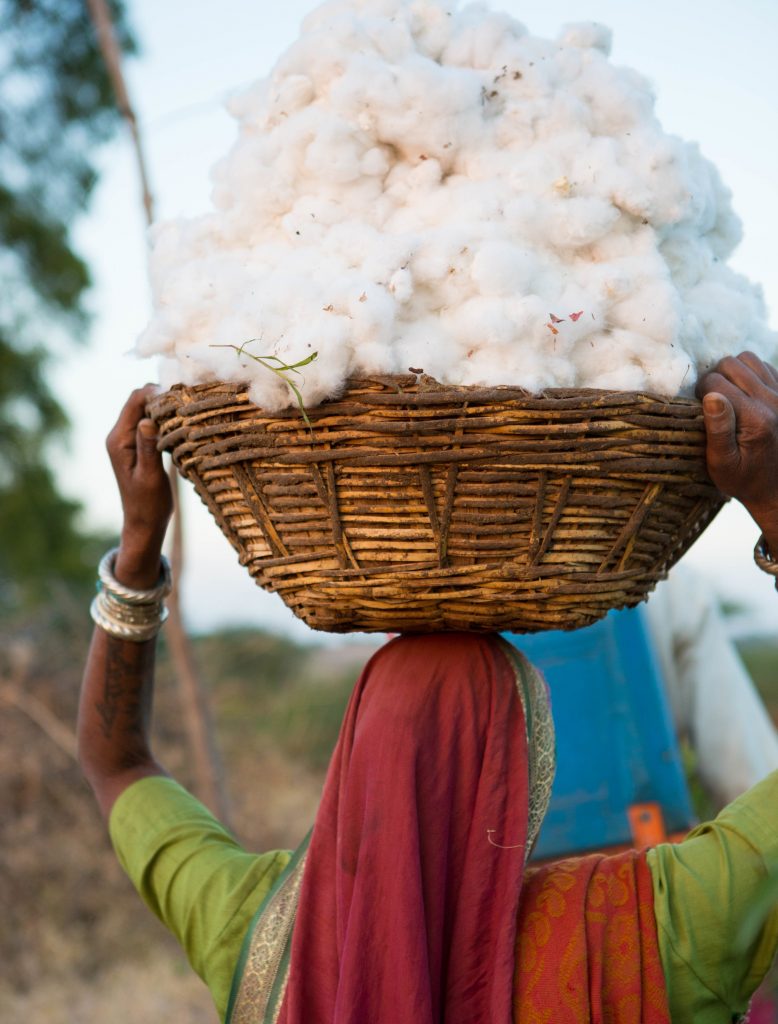
Nurturing Nature for a Sustainable Future
Organic Cotton Farming in India: Nurturing Nature for a Sustainable Future
India is one of the largest cotton producers globally, and with rising environmental awareness, organic cotton farming is gaining momentum as a healthier, eco-friendly alternative to conventional agriculture. This ancient practice embraces harmony with nature, focusing on soil health, biodiversity, and sustainable livelihoods for farmers. Here’s a detailed look into the organic cotton farming process in India.
What is Organic Cotton Farming?
Organic cotton farming grows cotton without synthetic pesticides, herbicides, or genetically modified seeds. Instead, it relies on natural fertilizers, crop rotations, and biological pest control, fostering an ecologically balanced farming system that conserves resources and enhances soil fertility.
The Organic Cotton Farming Process in India
1. Site and Seed Selection
- Choose fields with minimal soil erosion and low weed infestation.
- Use non-GMO, traditional cotton varieties that thrive under organic conditions and offer pest resistance.
2. Soil Preparation and Fertility Management
- Improve soil quality with natural inputs like well-decomposed farmyard manure (FYM), compost, and vermicompost.
- Incorporate green manures such as fodder cowpea to enrich soil nitrogen and organic matter.
- Employ crop rotation and cover cropping to maintain ecological balance and prevent nutrient depletion.
3. Sowing and Irrigation
- Sow cotton seeds at optimal times for the local climate, mostly during the monsoon season (Kharif).
- Use drip irrigation and rainwater harvesting to conserve water, a critical factor in Indian cotton-growing regions.
4. Integrated Pest Management (IPM)
- Avoid synthetic pesticides; instead, use biopesticides and natural predators to keep pests like jassids and bollworms under control.
- Employ mechanical weed control, soil solarization, and mulching to manage weeds sustainably.
5. Harvesting
- Handpick mature cotton bolls to preserve fiber quality and prevent contamination. Timely harvesting is essential to avoid fiber degradation.
6. Post-Harvest Handling
- Store cotton in clean, dry conditions to prevent mold and maintain fiber quality.
- Ensure traceability and compliance with organic certification standards like GOTS (Global Organic Textile Standard).
Benefits of Organic Cotton Farming
- Environmental Protection:** Reduces chemical pollution in soil and water, conserves biodiversity, and mitigates climate impact through lower greenhouse gas emissions.
- Soil Health:** Builds organic matter, improves soil structure, and maintains nutrient cycling for long-term fertility.
- Water Conservation:** Efficient irrigation and organic matter-rich soils reduce water needs.
- Healthier Crops and Communities:** Lowers exposure to harmful chemicals for farmers and consumers alike.
- Economic Viability:** Though yields may begin lower during conversion, organic cotton often commands premium market prices and reduces input costs over time.
Government Support and Initiatives
The Indian government promotes organic farming through schemes like the Paramparagat Krishi Vikas Yojana (PKVY) and supports research bodies such as the ICAR-Central Institute for Cotton Research (CICR) in developing organic cotton cultivation technologies.
The Future of Indian Organic Cotton Farming
With growing global demand for sustainable textiles, India’s organic cotton sector offers immense potential. By embracing eco-friendly practices, supporting farmers, and preserving cultural agricultural wisdom, organic cotton farming is nurturing a greener, safer future—stitch by stitch.
Embracing organic cotton farming is more than agriculture it’s a commitment to nature, health, and a legacy of sustainability for generations to come.




